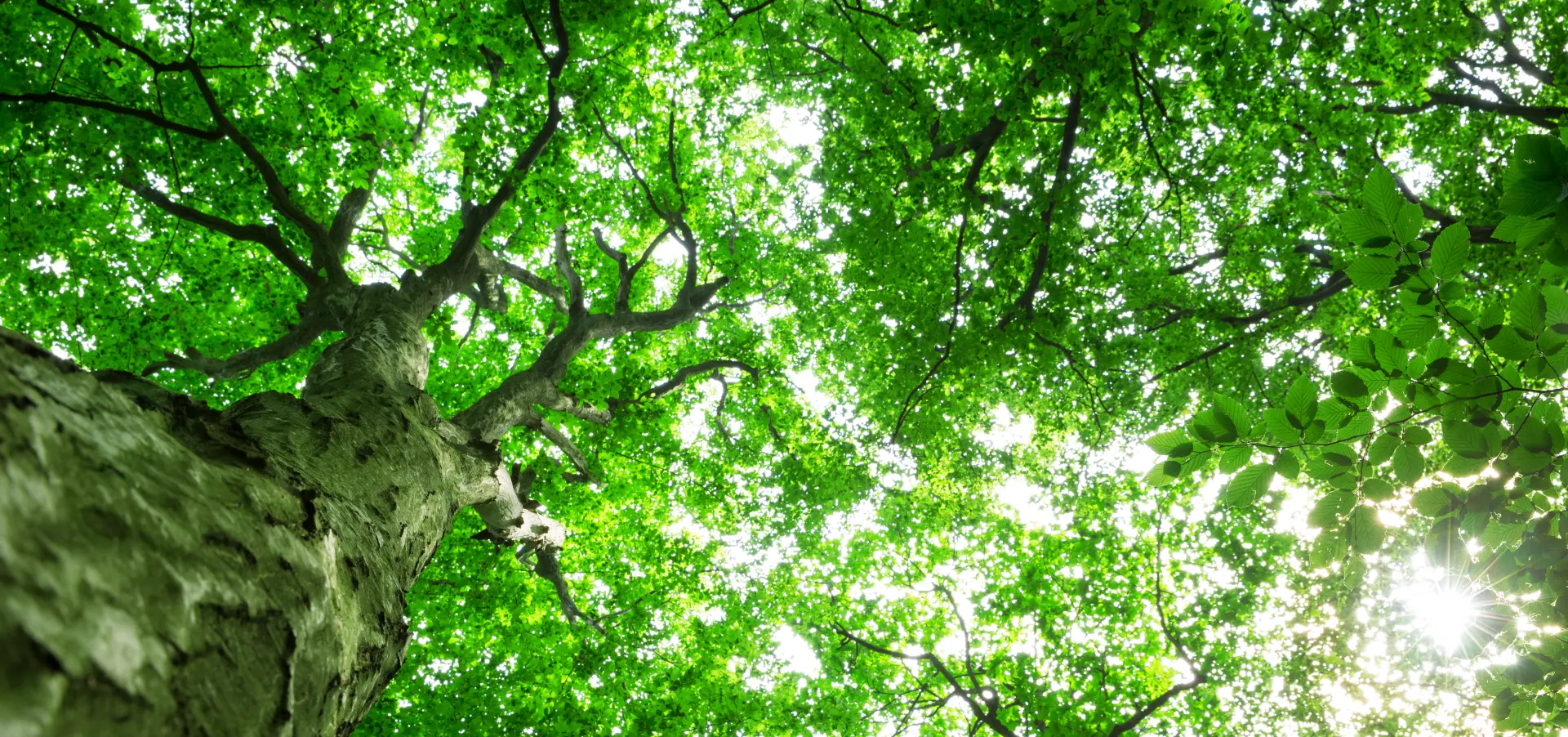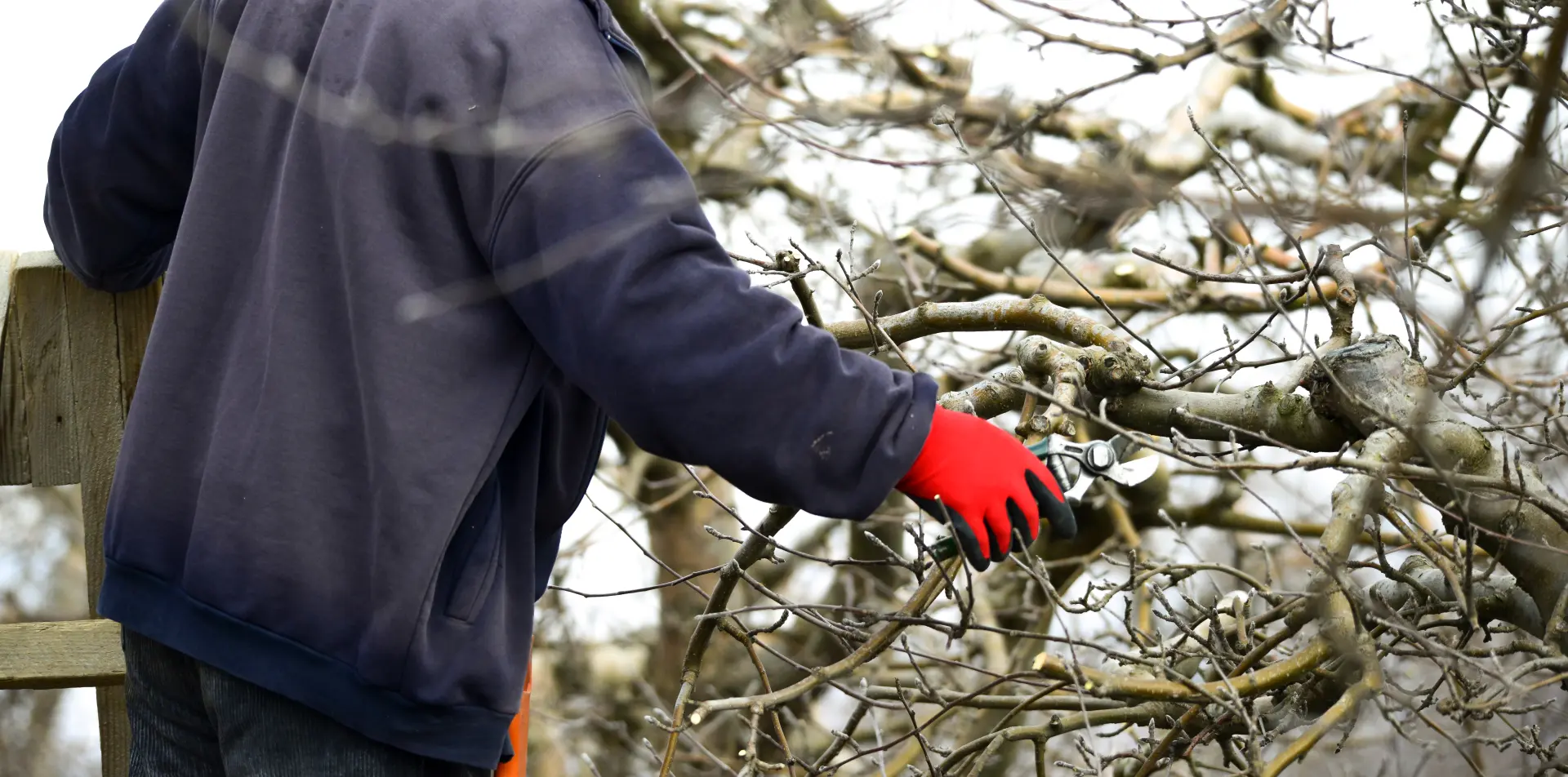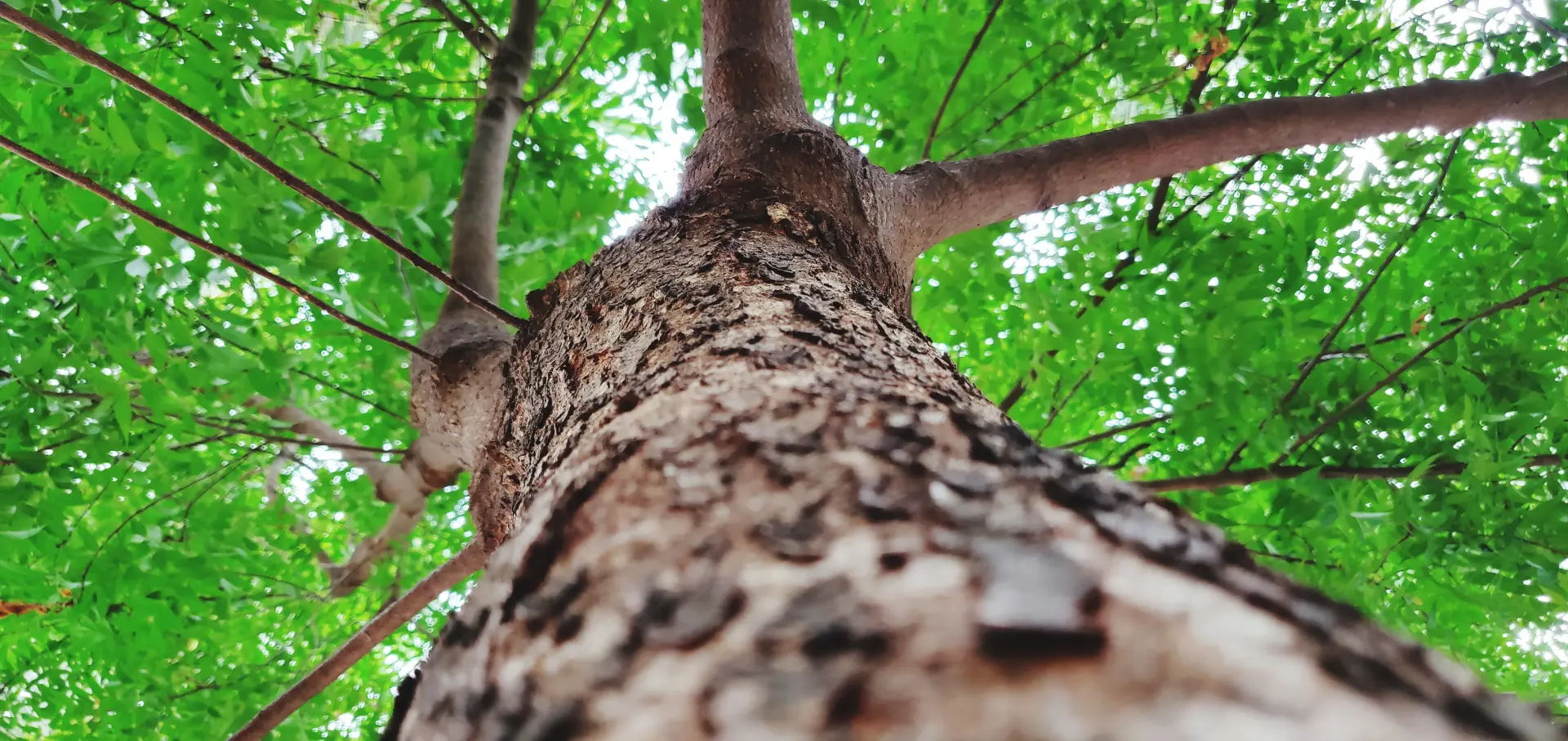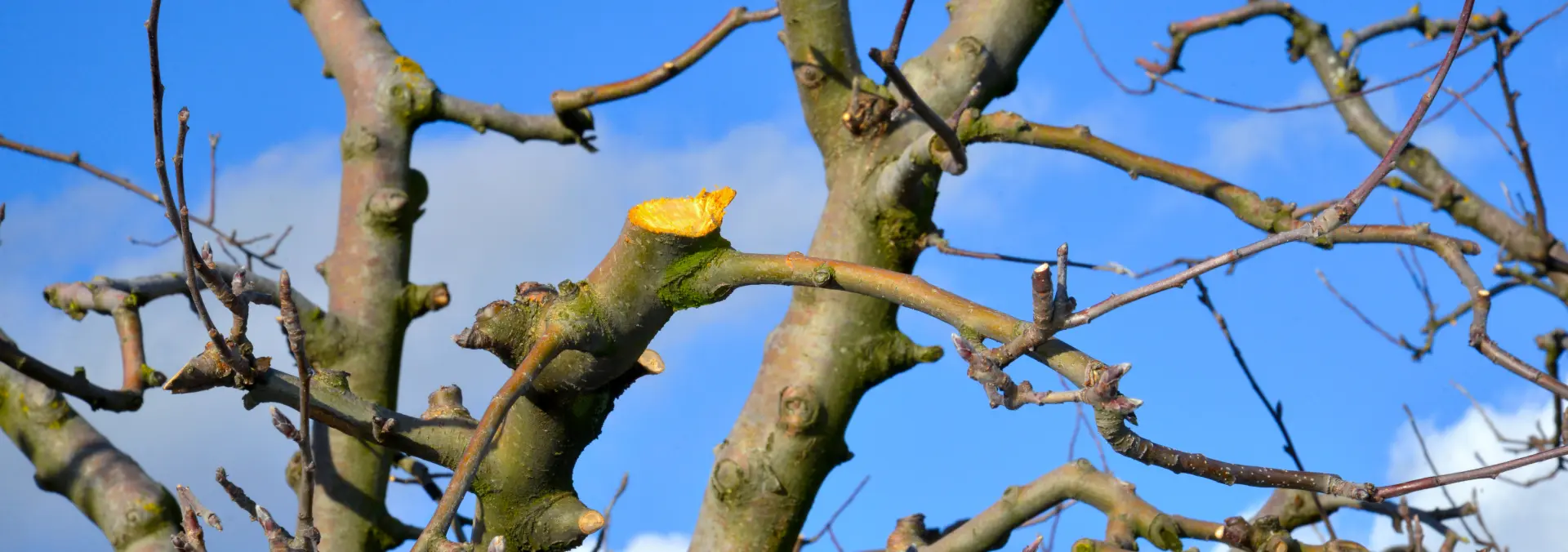Learn who is 'Responsible for Storm-Damaged Trees', an in-depth guide covering issues of negligence, insurance, and homeowner responsibilities. Find answers now!
Assessing Storm-Damaged Trees: Who Takes Responsibility?
When a storm hits, strong winds and heavy rain can cause serious damage to trees. Some trees may lose branches, while others might fall completely. When this happens, it is important to know who is responsible for any damage they cause.
The first step in assessing storm-damaged trees is understanding where the tree is located. If the tree is on your property, you are usually responsible for maintaining it. This means checking for weak branches, disease, or other signs that a tree could fall in a storm. If a tree falls and causes damage, the owner of the land it stood on may be responsible.
However, if a tree was healthy before the storm, and strong winds simply knocked it down, this is often seen as an accident rather than negligence. Negligence means not taking care of a tree when you should have, which could make the owner responsible for any damage.
If a tree falls on a road, power line, or public space, the local council or electricity company may be responsible for clearing it. In some cases, insurance can help cover the costs of storm damage, but this depends on the situation. Understanding who is responsible for storm-damaged trees can help avoid arguments and unexpected expenses.
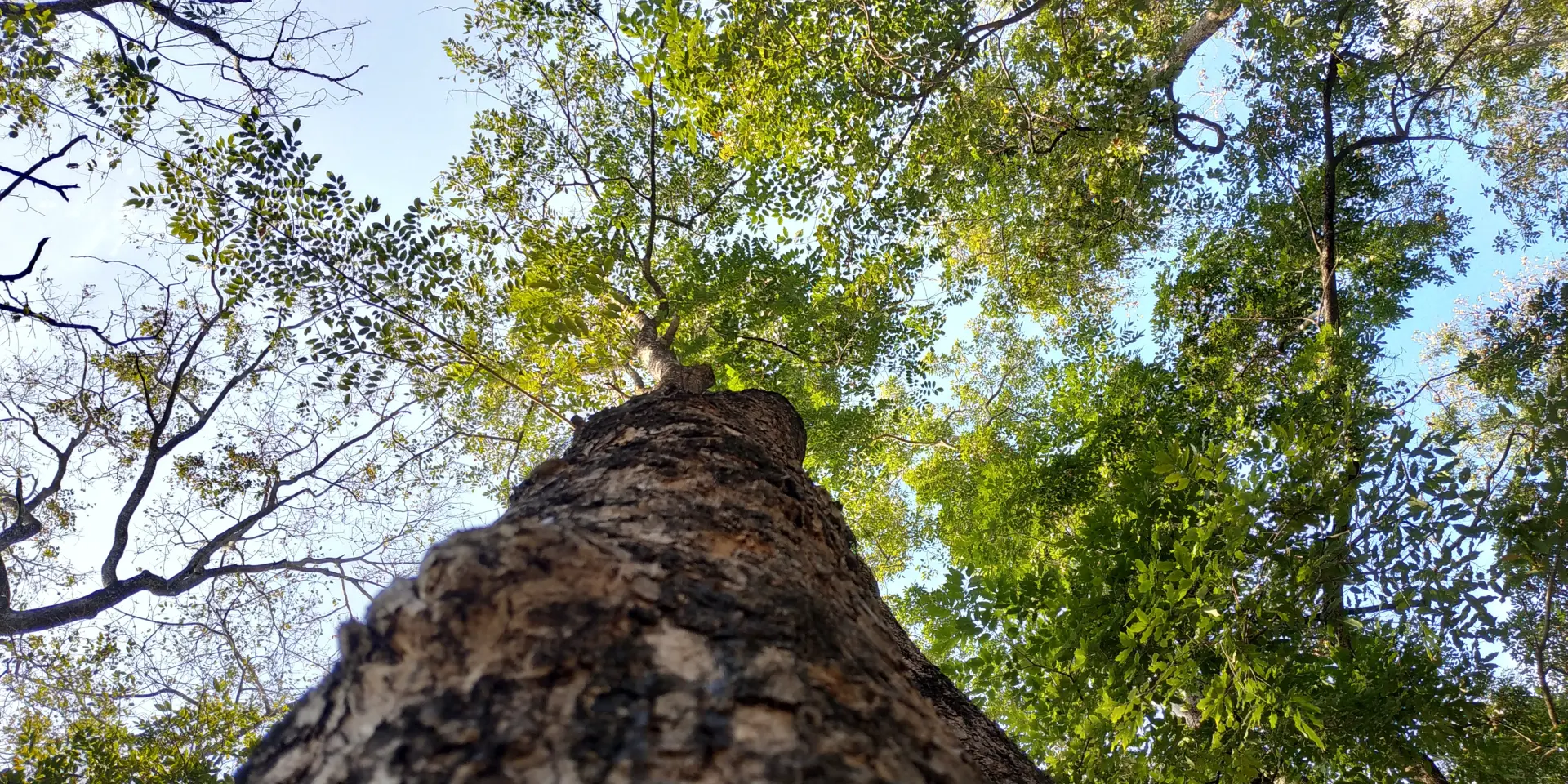
Homeowner Responsibility for Trees on Private Property
Understanding Property Boundaries and Ownership
If you own a home, any trees growing within your property boundaries are your responsibility. This includes checking that trees are safe, trimming overgrown branches, and removing trees that are unhealthy or dangerous. If a tree is on the border between two properties, both homeowners may share responsibility.
Liability for Fallen Trees and Damage
If a tree on your land falls and causes damage to your own home, garden, or car, you may need to cover the costs. However, if the tree was well-maintained and a storm knocked it over, insurance may help pay for repairs. If your tree falls onto a neighbour’s property, they may have to claim on their own insurance, unless negligence is proven. Negligence happens when a tree owner ignores warnings that a tree is unhealthy or unsafe. If you knew a tree was likely to fall and did nothing about it, you could be held responsible for any damage it causes.
What to Do if a Tree on Your Land is at Risk Liability for Fallen Trees and Damage
For the majority of trees, the best pruning seasons are autumn and winter. These are periods when the numbers of insects, fungi and bacteria are minimal, which helps reduce the risk of infection or infestation. Simultaneously, it's during these seasons that the leaves, having fallen, expose the tree's branches and limbs, helping to provide visibility while pruning.
When the Council Might Be Involved
In some cases, local councils may have rules about tree maintenance, especially if the tree is protected by a Tree Preservation Order (TPO). This means you cannot cut it down or trim it without permission. If you remove a protected tree without approval, you could face a fine. If a tree on private land falls onto a public road or pavement, the homeowner may need to arrange its removal. However, if the council is responsible for road maintenance, they might handle clearing the tree, but the homeowner could still be liable for any costs. Checking with the local authority can help clarify responsibilities.
By understanding property laws, maintaining trees, and taking action when needed, homeowners can prevent disputes and costly damage after a storm.
What Happens If a Tree Falls onto a Neighbour’s Property?
Storms can knock down even the strongest trees, and sometimes they fall onto a neighbour’s land. When this happens, people often wonder who is responsible for the damage.
If a healthy tree falls onto a neighbour’s garden, home, or car due to a storm, it is usually not the tree owner’s fault. In most cases, the neighbour affected by the fallen tree will have to claim on their own insurance. This is because storms are considered natural events that no one can control.
However, if the tree was already damaged, rotting, or unsafe before the storm, the owner could be held responsible. If a neighbour warned the tree owner about a dangerous tree but nothing was done, the tree owner might have to pay for the damage. This could become a legal case if the neighbour wants to claim money for repairs.
To avoid problems, homeowners should check their trees regularly and deal with any issues before a storm arrives. If a tree is leaning or looks unhealthy, it’s best to have it inspected to prevent damage and arguments with neighbours.
What If a Storm-Damaged Tree Affects Power Lines?
Storms can cause trees to fall onto power lines, which can be very dangerous. If this happens, it can lead to power cuts, fires, or even injuries. Knowing who is responsible for clearing the tree and fixing the power lines is important.
In most cases, the electricity company is responsible for dealing with trees that fall on power lines. If you see a tree touching a power line, never try to move it yourself. The best thing to do is report it to the electricity provider immediately. They have trained professionals who can safely remove the tree and restore power.
However, if a homeowner has a tree growing close to power lines and it is a known risk, they might be responsible for keeping it trimmed. If a tree was in poor condition before the storm and fell because of neglect, the homeowner could be asked to cover some of the costs.
To stay safe, homeowners should check if trees near their property are too close to power lines. If they are, contacting the electricity company or a tree expert for advice can help prevent serious damage in the future.
Insurance Coverage for Storm-Damaged Trees
Does Home Insurance Cover Tree Damage?
Many home insurance policies cover damage caused by falling trees, but there are limits. If a storm causes a healthy tree to fall and damage your home, garden, or car, your insurance may help cover repair costs. This usually includes damage to buildings, fences, and driveways. However, if the tree was already weak, diseased, or at risk before the storm, the insurer might refuse to pay. Some policies also exclude tree removal unless the fallen tree has caused damage. If a tree falls in your garden without harming anything, the cost of clearing it may be your responsibility.
Filing a Claim for Storm-Damaged Trees
If a tree has fallen on your property, take photos of the damage and contact your insurance company as soon as possible. They will ask for details about the storm, the tree’s condition before it fell, and any resulting damage. In some cases, the insurer may send an assessor to inspect the damage before approving a claim. If the tree was on a neighbour’s land and fell onto your property, you will usually need to claim on your own insurance. Unless negligence can be proven, the neighbour is unlikely to be held responsible.
When Insurers May Refuse Coverage
Insurance companies may refuse to pay for damage if they believe negligence was involved. If a homeowner ignored warnings about a dangerous tree, failed to remove dead branches, or allowed a tree to become unstable, the insurer might not cover the costs. Most policies do not cover damage caused by poor maintenance. If a tree was rotting, leaning, or had already lost large branches before the storm, the insurance provider may argue that the damage was preventable.
How to Avoid Issues with Insurance Claims
To prevent claim denials, homeowners should regularly check for signs of decay, trim overgrown branches, and remove trees that pose a risk. Proper maintenance can help protect both your property and your insurance coverage.
Are you looking for expert tree removal services in Aberdeenshire? We safely remove trees of all sizes across Dundee, Forfar, Angus, and surrounding areas. Call today to discuss your needs.

